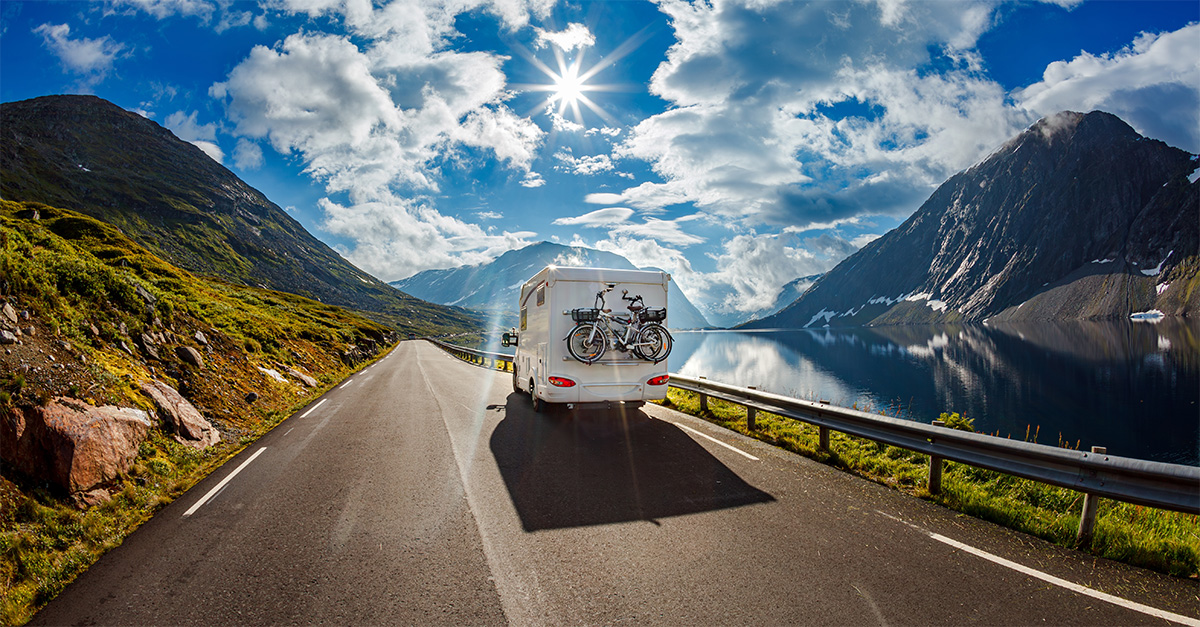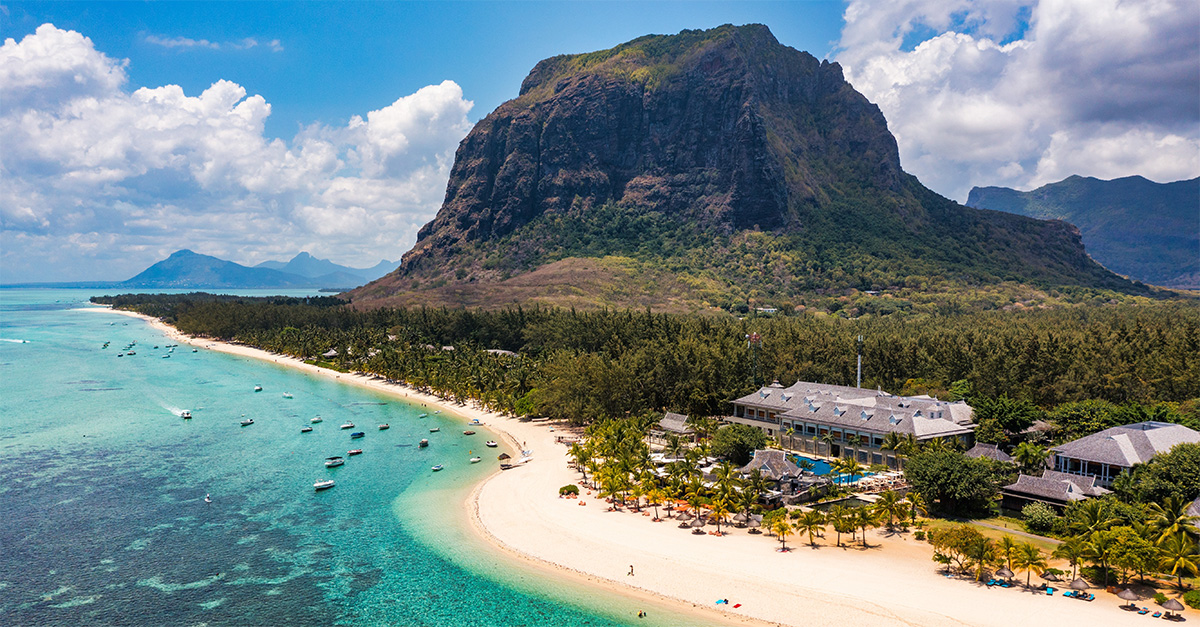With UK operators increasingly adding options in the country, Colombia should be firmly on agents’ radars, says Karl Cushing
Like this and want more details? Click here to download and save as a PDF.
Colombia is alive with colour and energy, drips with history and pulsates with music and dancing. Outside the vibrant cities, its landscape encompasses Andean mountain ranges, deserts, rolling coffee lands, Amazonian jungle and Pacific and Atlantic coastlines, accented by picture-perfect islands and beaches.
Effectively a no-go area during the dark days of the 1980s and ‘90s – a time of guerrillas, drug barons and mafioso – the much-improved security situation has seen a surge of operators adding the country, fuelling a 40% rise in UK visitors in 2011.
Charlie Panton, head of product at Bales Worldwide, says enquiries are rising as clients report the country is “exciting, beautiful, unspoilt and friendly”.
Cox & Kings has seen a 200% increase in travellers this year and plans to add more private itineraries. Marketing director Philip Hamiton-Grierson says: “Feedback has been universally positive, with particular comments about how safe the country feels.”
CALI: FEEL THE BEAT
One of the focuses of my three-week trip in September was the Salsa World Festival in Cali. It’s a great hook for a visit, although Colombia’s third-largest city literally throbs with music and dancing year-round.
Locals say children learn to salsa before they can walk and the city is awash with champions teaching cha cha cha, tango and of course salsa at more than 150 licensed dance schools.
Salsa clubs abound and locals are very welcoming of two-left-footed foreigners – as was Tango Vivo & Salsa Viva, the school where I took a lesson. Other top picks include Swing Latino Academy, founded by four-time World Salsa Champion Luis Hernandez.
CARTAGENA: COLONIAL CHARMS
Colombia’s jewel, however, is sublimely photogenic Cartagena. This historic colonial gem on the Caribbean coast is a popular port of call for cruise ships and its beguiling old walled city – crammed with fancy restaurants, swanky hotels such as the Sofitel Santa Marta and colourful bougainvillea-clad buildings – was the setting for Gabriel García Márquez’s novel Love in the Time of Cholera.
Conversely, the grittier, neighbouring Getsemani district comes alive after dark, home to lively spots such as Havana Cafe and Bazurto Social Club, while skyscraper-clad Bocagrande has mediocre beaches and resort hotels, including a Hilton and all-inclusive Decameron. For better sandy stretches, myriad boat trips visit nearby Playa Blanca and the Rosario Islands.
Back in Cartagena, attractions include the cathedral, a clutch of galleries and museums, San Felipe fort and La Popa church for the views. Santa Marta, a three-hour drive away, is the jumping-off point for the stunning Tayrona National Park (pictured below) and ciudad perdida (lost city), featured by the likes of G Adventures and Imaginative Traveller. Others, including Kuoni and Rainbow Tours, offer Tayrona as an optional extension.

BOGOTA: CAFES AND CULTURE
The world’s third-highest capital is undergoing a tourism renaissance and some tours feature it alongside Cartagena. Historic La Candelaria is the major draw, with colourful buildings, cool bars and cafes, and attractions such as the gold museum and Botero museum, but districts such as arty La Macarena are vying for attention.
For sweeping city views head to La Calera -– or keep the cab fare and take the cable car to Monserrate. Side-trip staples include Zipaquira’s Salt Cathedral, colonially quaint Villa de Levya and Guatavita Lagoon, while Chia is home to Andrés Carne de Res, a sprawling, bonkers steak restaurant.
MEDELLIN: FLORA AND SCULPTURE
Colombia’s second city, Medellin, was long synonymous with drug cartels and mafioso, but these days is famed for its August flower festival, fantastical valley setting and lively nightlife. Key attractions include local artist Botero’s chunky sculptures and its bars and clubs, with El Poblado one of the safest areas to stay and go out.
When the urban sprawl gets too much, ride Colombia’s only metro to the botanic gardens or take the dramatic cable car ride to Arvi park. Alternatively, head to colonial Santa Fe de Antioquia, known for its eight churches, or Guatape, a sleepy lakeside town famed for its rocky outcrop, El Peñon.
LANDSCAPES
One of Colombia’s most enduring landscapes is the Zona Cafeteria, the central coffee-growing area served by airports at Armenia, Pereira and Manizales. Other good bases include scenic Salento and Quindio, home to the delightful Hacienda Bambusa. Horse riding, tastings and plantation tours are big draws, but there are also myriad valleys, villages and hot springs to explore.
Alternatively, the Colombian Amazonas can be explored from Leticia, while the stunning scenery that abounds in San Gil, Colombia’s adventure sports capital, is just a six-hour drive north of Bogota.
With other attractions including the Unesco-listed archaeological park at San Agustin and time-forgotten Mompox on the Magdalena River, it would appear the tourism board has a point when it says the only risk is wanting to stay.




